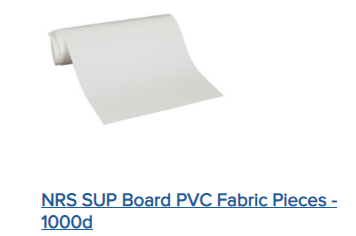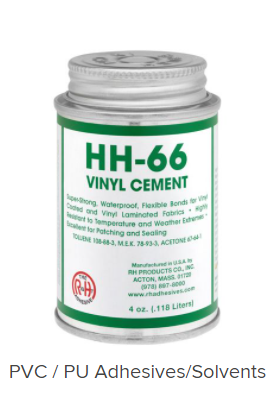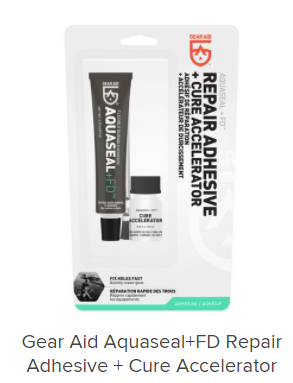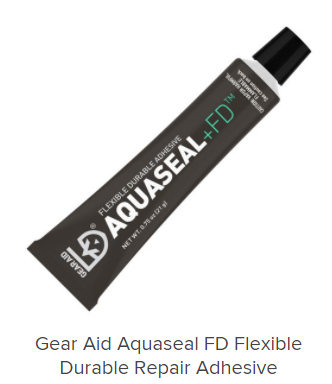iSUP Patching and Board Maintenance
- The Wicked Swamp Rabbit

- Oct 28, 2020
- 4 min read
Updated: Jul 7, 2024
That sound air makes when it's exiting your board, except you aren't deflating it, and your heart is slowly sinking while your mind is slow screaming noooooooooooooooooooo!
So far it's happened to me twice. The first time I was more upset than the second time. It was a new, relatively expensive board, it had only been used four times and we were on a SUP vacation traveling down and back up the east coast. Not being used to a salt water environment, my paddle buddy ran aground directly on a bed of oysters. Upon getting out of the water and inspecting the board I could see water bubbling along multiple freshly cut slits that punctured each of the four layers of PVC the board was constructed with.
That is how I learned this new (to me) craft of patching PVC and iSUP maintenance. It was truly baptism by fire. I had no idea what I was doing, but I needed to learn and fast. The few supplies that I had were at home, so I spent time out of my vacation hitting up a Home Depot. I watched a crash course video on repairing inflatables from NRS and based my shopping list off of that. On my list was M.E.K. Substitute, adhesive, a medium to fine grain pack of sand paper, and large PVC patches.
I left the store frustrated and with only about half of what I wanted, and ordered the other half online. The Klean Strip M.E.K. substitute I purchased works with ease and is supposed to be less harmful to the user than regular M.E.K. which was something I was worried about. Board repair is best done wearing a respirator and outdoors. At Home Depot I also bought a tube of Loctite Pro Line Marine Fast Cure Adhesive Sealant. Due to not finding large PVC patches, however, I ended up not being comfortable making any repairs while on the trip. Based on my research I wanted the patch to have extra coverage extending out from the leak. Hence we spent the rest of the vacation riding tandem on one board, which we actually got quite good at.
In all of the research I did, HH-66 Vinyl Cement and Cliffton Urethane Adhesive were mentioned several times. This frequent mention convinced me I also had to buy this just in case neither the Loctite or Aquaseal that I already had on hand were sufficient. Cliffton also makes a PVC-specific adhesive. At the time I was shopping no Cliffton products were available, so HH-66 was my purchase. Finally,I chose patch material, which was harder than I expected it would be, and placed the order. NRS also convinced me that I needed to purchase their Pro Roller if I wanted to do an exceptional job repairing my board. A Pro Roller is used to roll air bubbles out of the adhesive after you apply the patch to ensure a maximum hold on the PVC. A regular vinyl roller can be purchased.
Now that you know what you need to patch an iSUP with, how do you actually do it? Don't worry, of course I'm going to tell you!
You'll want to lay the board out on a smooth hard surface, in a well ventilated area. First you will use your sand paper to sand down any jagged or frayed pieces of PVC. Sanding will also help your patch stick better. Once you have it sanded the next step is cleaning it up with your M.E.K. Substitute. You want the area to be clean and free of any dry adhesive. Then cut your patch to the correct size--you'll want the edges of the patch to be extending past the wound on your iSUP. An extra two or three inches will provide added strength to your repair. This is very important so that the next time you take your board out you are confident it is going to hold air.
Finally you are going to put the adhesive on and apply the patch. Don't fret about excess adhesive, there will be some that comes out from under the patch, and this can be cleaned up with your M.E.K. Substitute. Use your pro roller to work air bubbles out and ensure your patch is as properly secured as possible.
You did it! You patched your board. Let it cure for the next 24 hours.
Since this snafu I've developed a habit of inspecting my board and other gear regularly, and you should too. We use our iSUPs heavily, and they do get scratched up (nothing like what I described above). Sometimes they will get noticeable cuts in the first layer of PVC. Being quite meticulous, and having copious supplies on hand, I fix the cuts when I see them. Instead of doing a full patch job I simply apply a layer of Aquaseal. I do this by sanding down the area, cleaning it with M.E.K. substitute and coating the area with the Aquaseal. Works like a charm. When it dries it is a flexible layer of protection that holds, seals, and doesn't dry sticky.
Voila! You are now an expert in iSUP repair. You can use the same steps to add D-rings or other mounts to your board. Even though it is easy to fix a board I will always recommend a manufacturer that first of all comes with a warranty and that stands by their products. Unfortunately, boards age and warranties expire--or what you need fixed is not a manufacturer defect.

Morale of the blog: 1) Don't run aground on oyster beds! 2) Have proper repair supplies always. 3) Inspect your board and perform maintenance regularly!

















Comments